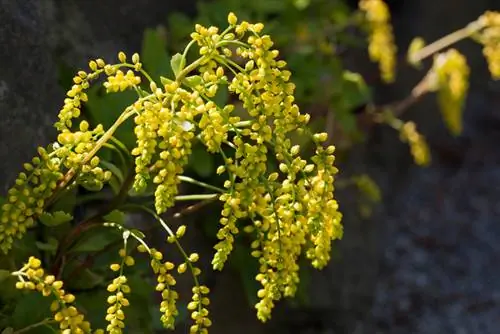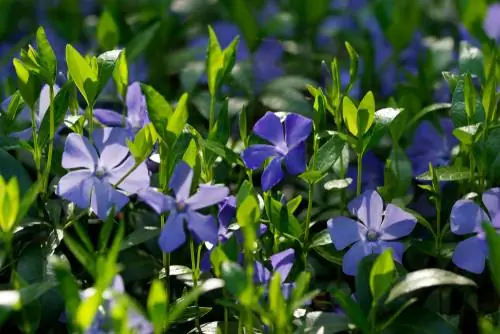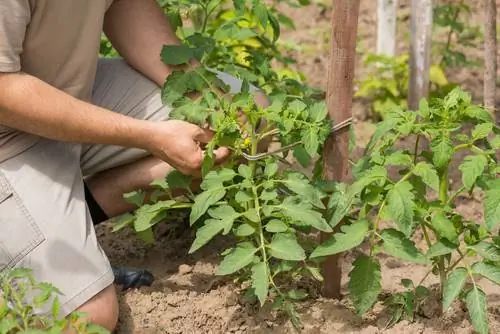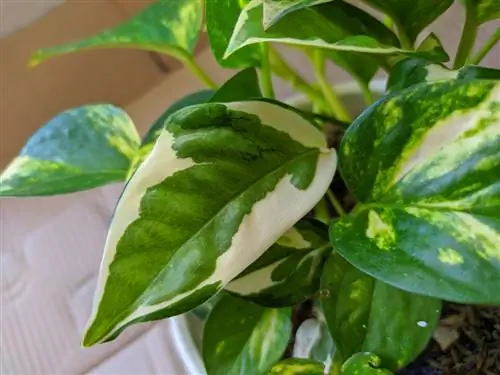- Author admin [email protected].
- Public 2023-12-16 16:46.
- Last modified 2025-01-23 11:20.
Dandelion is not only an excellent food plant for green plant-loving animals such as rabbits, guinea pigs, sheep and horses. This plant is also edible for humans and can even be used for medicinal purposes. But be careful, because there are plants that are very similar to it!

Which plants look similar to dandelions?
Plants similar to dandelions include meadow pippau, meadow longhorn beard, autumn dandelion, pigweed, small hawkweed, rough dandelion and coltsfoot. They differ from real dandelions mainly in their inflorescences and branched stems. Ragwort, a poisonous lookalike, can be recognized by its smaller, umbel-like inflorescences.
Dangerous Doppelganger: Ragwort
Anyone who knows dandelions will not confuse them with groundsel. But beginners could, as both plants look relatively similar at first glance. However, ragwort is poisonous - so a mix-up can have serious consequences.
The best way to distinguish these two plants is by their flowers. The dandelion has only one flower per plant, which is located at the end and is between 3 and 5 cm wide. It is butter yellow and densely filled with ray florets. The flowers of ragwort, on the other hand, are smaller and not double. They are also umbel-like inflorescences that are composed of several individual flowers.
Doppelgangers who are less dangerous
There are other doppelgängers that look similar to dandelions. They differ primarily in terms of their inflorescences. In contrast to the dandelion inflorescence, these are branched. Here are the doppelgangers and their characteristics:
- Wiesen-Pippau
- Wiesenbocksbart
- Autumn Dandelion
- Pigletweed
The small hawkweed, the rough dandelion and the coltsfoot are also reminiscent of the common dandelion. Its flowers are also yellow and cup-like. They are solitary or the inflorescences are unbranched. The flowering period of dandelions usually begins earlier.
Characteristics that make it easy to recognize dandelions
If you come across a plant that you think is a dandelion and would like to collect, you should check the following features to make sure that it really is the non-poisonous dandelion.
The Dandelion:
- has a basal leaf rosette
- has strongly toothed, lanceolate leaves
- is hairless
- has a tall stem
- contains a white milky juice
- blooms from the beginning of April
- forms a long, deep taproot
Tip
You should be careful when feeding these dandelions, especially to pets. The animals' instincts often no longer function properly due to the distance from nature and confusion with dandelions could have serious consequences.






